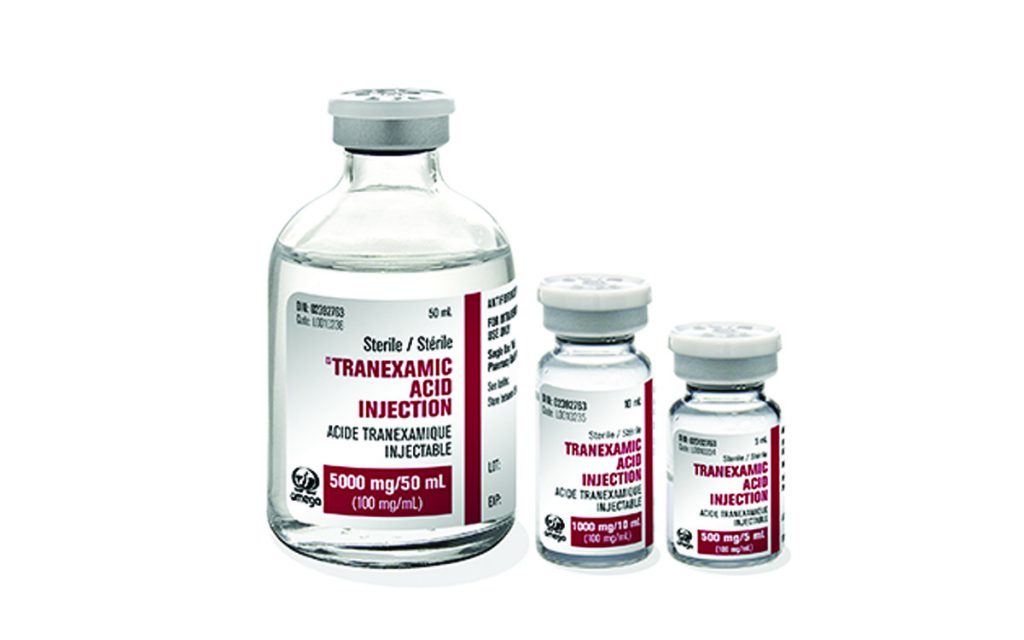The role of Vitamin D in fracture healing is well known. So, of course, trauma professionals have tried to promote Vitamin D supplementation to counteract the effects of osteoporosis. A meta-analysis of of 12 papers on the topic relating to hip and other non-vertebral fractures showed that there was roughly a 25% risk reduction for any non-vertebral fractures in patients taking 700-800 U of Vitamin D supplements daily.
Sounds good, right? So what about taking Vitamin D after a fracture occurs? Seems like it should promote healing, right? A large meta-analysis in an orthopedics journal looked at this very question.
Unfortunately, there was a tremendous variability in the interventions, outcomes, and measures of variance. All the authors could do was summarize individual papers, and a true meta-analysis could not be performed.
Here are the factoids:
- 81 papers made the cut for final review
- A whopping 70% of the population with fractures had low Vitamin D levels
- Vitamin D supplementation in hospital and after discharge did increase serum levels
- Only one study, a meeting abstract which has still not seen the light of day in a journal, suggested a trend toward less malunions following a single loading dose of Vitamin D
Bottom line: Vitamin D is a great idea for people who are known to have, or are at risk for, osteoporosis and fractures. It definitely toughens up the bones and lowers the risk of fracture. However, the utility of giving it after a fall has not been shown. Of the 81 papers reviewed, none showed a significant impact on fracture healing. The only good thing is that Vitamin D supplements are cheap. Giving them may make us think that we are helping our patient heal, but it’s not.
What about the use of calcitonin for preventing future fractures? Find that in my next post!
References:
- What is the role of vitamin D supplementation in acute fracture patients? A systematic review and meta-analysis of the prevalence of hypovitaminosis D and supplementation efficacy. J Orthopaedic Trauma 2016 Feb;30(2):53-63.
- Fracture prevention with vitamin D supplementation: a meta-analysis of randomized controlled trials. JAMA 293(18):2257-2264, 2005.


